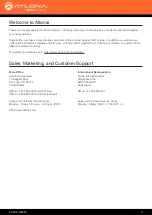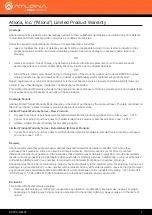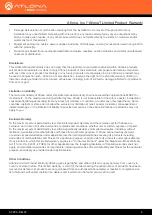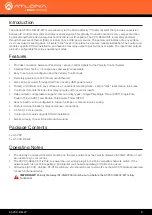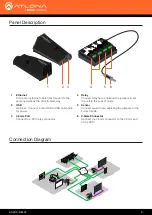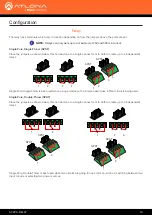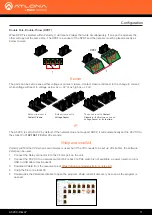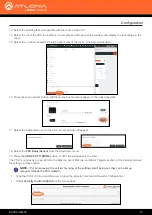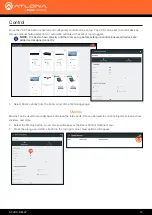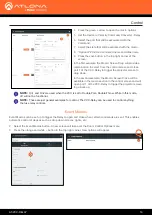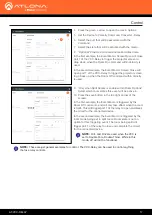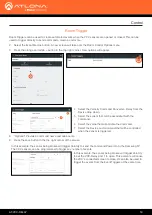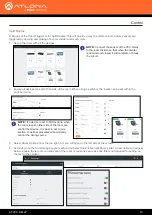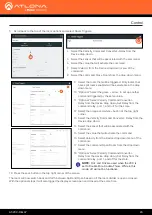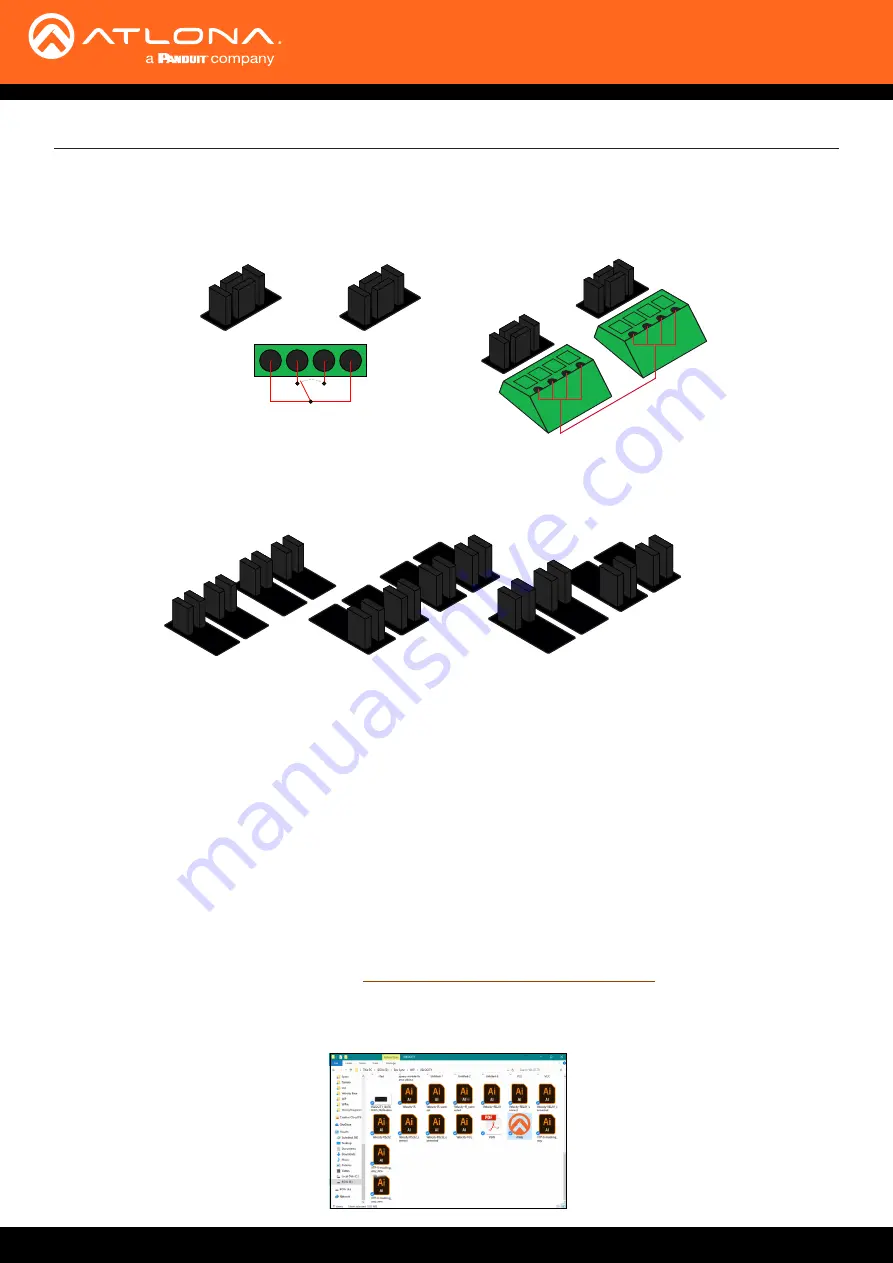
AT-VCC-RELAY
11
Configuration
Sensor
Both ports are set to
Contact Closure
Both ports are set to
Voltage Sensor
The ports are set to
Contact
Closure
for the
first two
ports and
Voltage Sensor
for the
last two
.
The ports can be set to sense either voltage or contact closure. Contact closure will react to the change in current,
while voltage will react to voltage as low as +/- 3V or as high as +/- 24V.
When DPDT is selected within Velocity, it will create 2 relays that work simultaneously. If one port is opened, the
other will open at the same time. The DPDT is a variant of the SPDT and the jumpers must be placed exactly as
below to work.
Double Pole, Double-Throw (DPDT)
1
1
DPDT
IP
The AT-VCC is set to DHCP by default. If the network does not support DHCP, it will automatically set the AT-VCC to
the static IP of
192.168.1.70
after 30 seconds.
VHelp and webGUI
Velocity will find the VCC when scan network is used, but if the VCC needs to be set up off site first, the software
VHelp can be used.
1 Connect the Relay connector into the 3.5mm port on the unit.
2
Connect the AT-VCC to a network switch (PoE is best if a PoE switch is not available, a power injector or mini
USB to USB cable may be used).
3
Download VHelp from the resource tab of
https://atlona.com/product/at-vcc-relay-kit/
4
Unzip the file to the local PC
5
Double-click the VHelp executable to open the program. Vhelp will start discovery as soon as the program is
opened.



